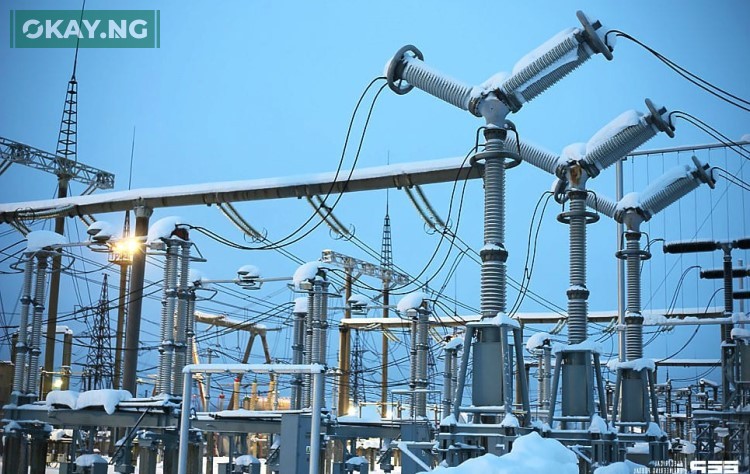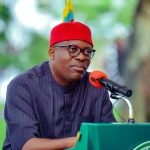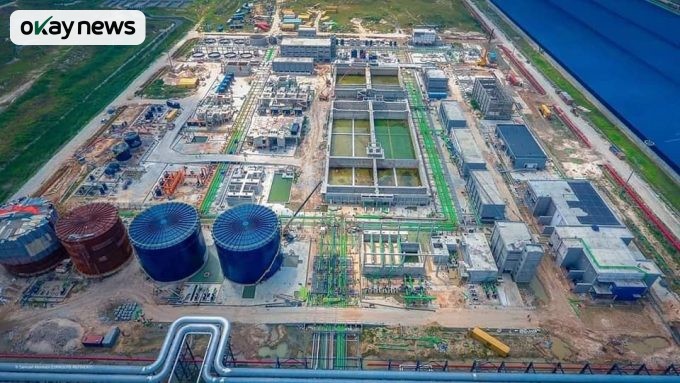Nigeria’s electricity generation plants operated far below potential in September 2025, with grid-connected facilities running at only 38 percent of their installed capacity of 13,625 megawatts, according to the Nigerian Electricity Regulatory Commission.
Data from NERC’s latest Operational Performance Factsheet showed that only 5,200 megawatts were available for dispatch during the month — a slight six percent rise from August but still well below expected levels.
The report linked the low output to poor plant availability caused by gas shortages, maintenance delays, and transmission constraints. Despite this, utilisation of available power plants remained relatively strong at 78 percent, while average hourly generation dropped marginally by 0.4 percent to 4,091 megawatt-hours per hour.
Grid instability also persisted, with system frequency fluctuating between 49.26 and 50.84 hertz, mostly outside the permitted range of 49.75 to 50.25 hertz. Voltage levels similarly exceeded recommended limits, maintaining stability only 48 percent of the time.
The top-performing power stations — Zungeru, Egbin, Kainji, and Jebba — accounted for 81 percent of total generation. Zungeru Hydro led with a full availability factor and 51 percent load factor, while Egbin operated at 46 percent capacity but maintained a 90 percent load factor.
In contrast, plants such as Alaoji, Rivers, Ibom Power, and Omoku recorded no generation output in September, underscoring ongoing inefficiencies and uneven regional supply.
Power sector analyst Chinenye Ajayi of Olaniwun Ajayi LP described the situation as unacceptable for a nation of over 220 million people, stating that Nigeria should be producing at least 220,000 megawatts to meet global energy benchmarks.
Ajayi emphasised that weak policy execution remains the core challenge, not the absence of reforms. “Nigeria has many good policies, but implementation is the issue. If even half were executed properly, we wouldn’t be here,” she said.
The Transmission Company of Nigeria estimates that upgrading the transmission grid would require $4.2 billion, but investor confidence remains low due to policy instability and poor contract enforcement.
Experts maintain that sustained political will, tariff reform, and strict anti-theft measures are essential to stabilise and expand Nigeria’s power supply.













